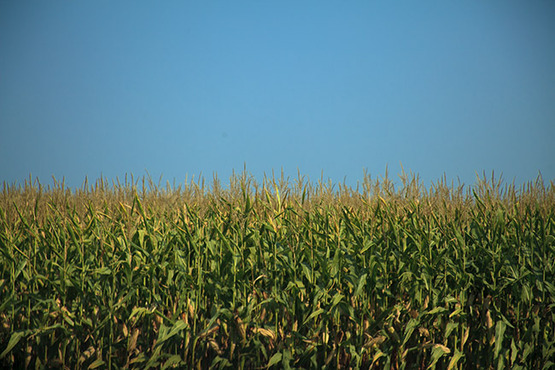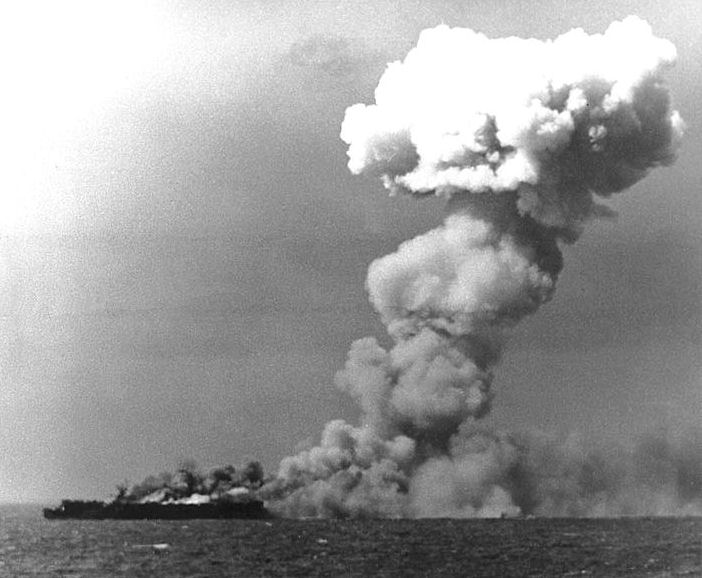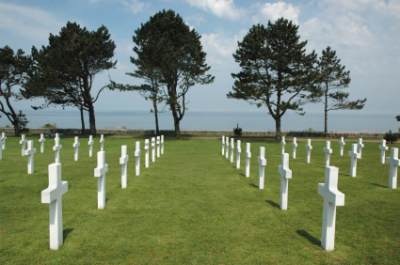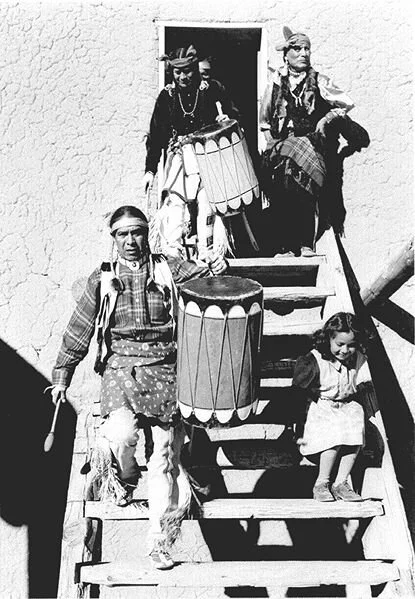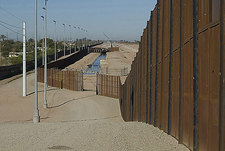story and photos by Paul Ross
It was my first foray from Santa Fe, New Mexico, up South Dakota way and one my few experiences in the Midwest, “America’s heartland,” which is derisively included by bicoastal media under the broad heading of “flyover country.” Almost immediately, I sensed something was wrong. I couldn’t put my finger on it but there was an element missing. I didn’t need my urban-honed 360o hyper-awareness ...’cause, generally, I wasn’t in any big city in South Dakota; I was just surrounded by miles and miles of flat agriculture: corn, soybeans, hogs –NYSE commodities literally on the hoof. I didn’t have a problem with it, because it was what I’d expected. It was with the people. They smiled and audibly said “Hi” on the street –to a stranger -for no discernible reason!
At an annual charity affair –the McCrossen Boys’ Ranch Extreme Event Challenge Rodeo-- the best place from which to shoot photos was secured behind doubled fences. So I tried a big city ploy and walked in like I belonged. It worked, until Cindy Menning, THE woman in charge, approached. I mentally prepared a barrage of important credentials with which to snow, or at least impress, her. But, instead of a challenge, she offered access to an even better vantage point –right atop the chutes where professional bull riders dropped down onto their ¾ ton mounts.
No questions were asked, just friendly help extended.
